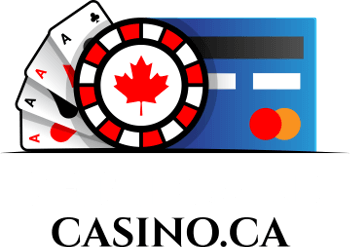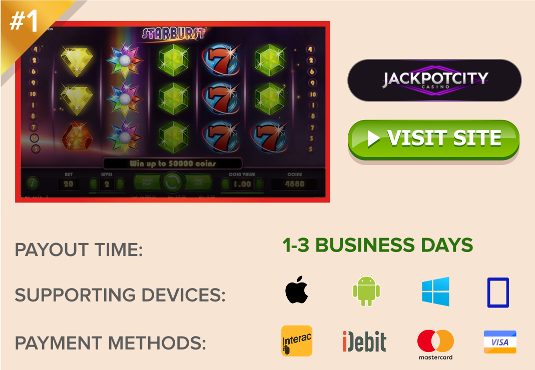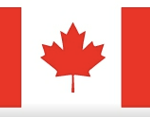21+3 = More Blackjack Bang for your Buck
21+3 Blackjack Rules: A game for the discerning side bettor.

The casino’s blackjack tables aren’t what they were fifty years ago. Now, there are so many different rule variations and side bets in the mix, it can be difficult to understand what sets them apart. 21+3 is one such variation. It’s been around for more than ten years now, and is considered one of the most popular side bet blackjack games currently in existence.
That’s not to say that blackjack side bets are a good thing. None of them offer a good return compared to the probability of actually triggering a payout. But as far as side bets go, it’s a popular one among higher level risk takers.
How to Play 21+3 Blackjack
Here’s the tricky part – there is no exact set of rules to be followed in the blackjack portion of this variant. Games inventor Derek J. Webb applied for a patent for 21+3 in 2008, never specifying how the rules should be laid out for the 21 segment; only for the +3 side of the game (and he didn’t do a thorough job on that one, either). In fact, the verbose language of the patent encourages variable rules and side bet pay tables.
As a result, casinos can and will append the +3 portion to any variation of 21 they wish. For the basic rules of blackjack, I’ll refer you here:
Next, lets move on to the game’s namesake feature…
The Three Card Poker Side Bet
The +3 side of this blackjack game refers to a side bet that plays out very similar to Three Card Poker. If you’re familiar with that game, the rules of the 21+3 side bet will be supremely easy to pick up on.
This portion of the game is based on three specific cards; the first two cards dealt to the player, and the face-up card dealt to the dealer. The combination of these three cards becomes the +3 poker hand. Note that you must place a side bet wager (usually equal to the minimum stake) before the start of the blackjack hand in order to activate the +3 pay table.
Unfortunately, Mr. Webb didn’t specify a pay table for the +3 side bet either, giving casinos leeway to set their own house edge. For this reason, you could conceivably come across countless different pay tables. Below, I’ve listed the two most common – one that offers a single payout (9 to 1) for achieving any winning 3-card hand, and another that offers scaling payouts for achieving progressively greater hands.
Table 1 – All Winning Hands Pay 5 to 2 (2.5 to 1)
| 3-Card Hand Requirements | Payout |
| Straight Flush | 5 : 2 |
| 3 of a Kind | 5 : 2 |
| Straight | 5 : 2 |
| Flush | 5 : 2 |
| Pair | 5 : 2 |
| House Edge with 2 Decks = 2.78% |
Table 2 – Progressive Payouts for Better Hands
| 3-Card Hand Requirements | Payout |
| Straight Flush | 30 to 1 |
| 3 of a Kind | 20 : 1 |
| Straight | 10 : 1 |
| Flush | 5 : 1 |
| House Edge with 6 Decks = 13.39% |
You should notice the difference in house edge between the two pay tables – 2.78% in Table 1 compared to a scathing 13.39% in Table 2. Learn why this is, and other strategic advice for playing by 21+3 blackjack rules, in our follow-up text:
 Jackpotcity.com is our editorial pick for your gaming needs. Currently offering an entire suite of casino games, as well as a wide range of Canadian deposit options, JackPotCity truly offers world-class gaming.
Jackpotcity.com is our editorial pick for your gaming needs. Currently offering an entire suite of casino games, as well as a wide range of Canadian deposit options, JackPotCity truly offers world-class gaming.





